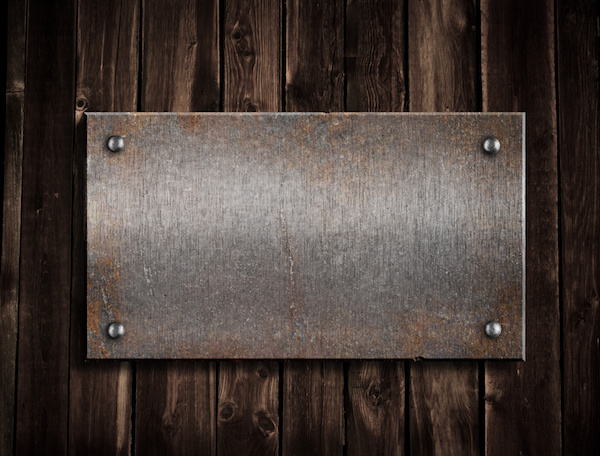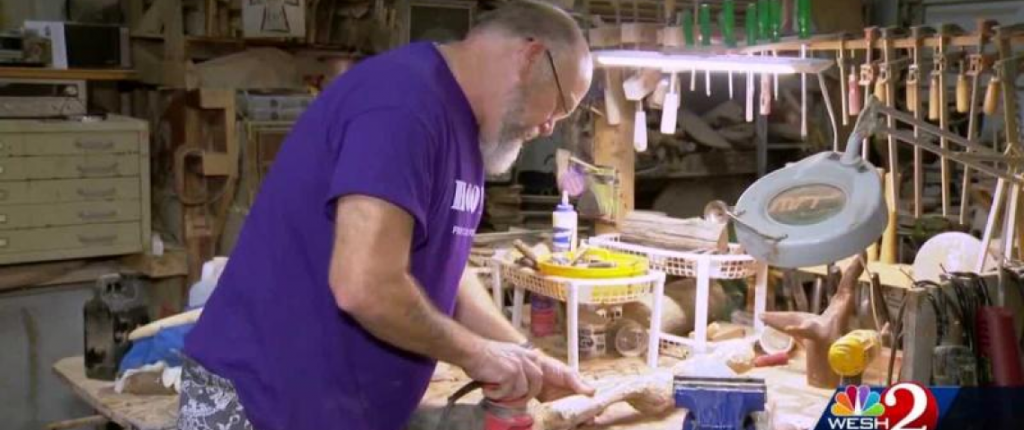A nameplate serves to identify your products, inform your products’ users, and represent your brand. A nameplate can be constructed from a large selection of materials and attached to your products by a variety of methods. There is a myriad of styles and materials that you can choose from to create a nameplate that will reflect the message you want to project to the world. The most important thing when choosing how to create a nameplate is determining how it will fit your needs. Here is a brief guide on what you should consider when choosing a nameplate the is right for you.
Learn more about our nameplates here
Talk to a customer representative and get a free quote here
Materials
Nameplates can be made out of practically any kind of material, but you have to make certain the material you want to be used is compatible with the product or the location the nameplate will be located. For example, aluminum is great to use on equipment or in locations that need to be kept clean to meet health codes or kept free of grease. Aluminum can withstand different cleaning agents without breaking down and becoming scratched and dull. Aluminum nameplates are also highly resistant to corrosive materials and rust. If you are going to make parts for the aerospace or marine industries, the use of aluminum-based products for nameplates may even be required in the specifications of the products you are making. If you need something with a harder surface, you can have your nameplates made out of stainless steel.
Here are some other materials you can use:
- Polyester – Polyester is very useful in industrial settings such as tool and dies shops. The nameplates can have multiple colors that are useful to catch the eyes of people using or standing near the industrial equipment. They can alert people to the dangers of the equipment. Polyester is a long-lasting and heat-resistant material that won’t fade or color for a long time.
- Polycarbonate – Polycarbonate is good to use when the nameplate will probably undergo a lot of moving around and banging. Polycarbonate is an impact-resistant material that won’t wear down fast and is great to use on things like refrigeration and air conditioning units.
- Metal – Metal nameplates can be a longer lasting and more durable solution for indoor or outdoor use. Hallmark Nameplate offers aluminum and metal photo with various material finishes.
Finishes
Most of the nameplates can have a different type of finish. You can apply a gloss, semi-gloss, and matte finish (dull) to the nameplate. A gloss finish will make the nameplate stand out as it shines. The gloss material will also add some strength to the surface and protect it from scratches. The matte finish is typically used on nameplates that will blend into a dull surrounding. The semi-gloss finish is useful when you want the nameplate to stand out a little, but not too much.
Adhesives
There are many different types of adhesives and the one you choose will depend on the material used to make the nameplate and the type of surface the nameplate will be mounted on. This is important if you aren’t using fasteners to mount the nameplate. You should talk to your Hallmark representative about the type of adhesive that will be best used in your particular situation.
You can learn more about what industrial nameplates will be best for your application from our certified experts at Hallmark Nameplate.



